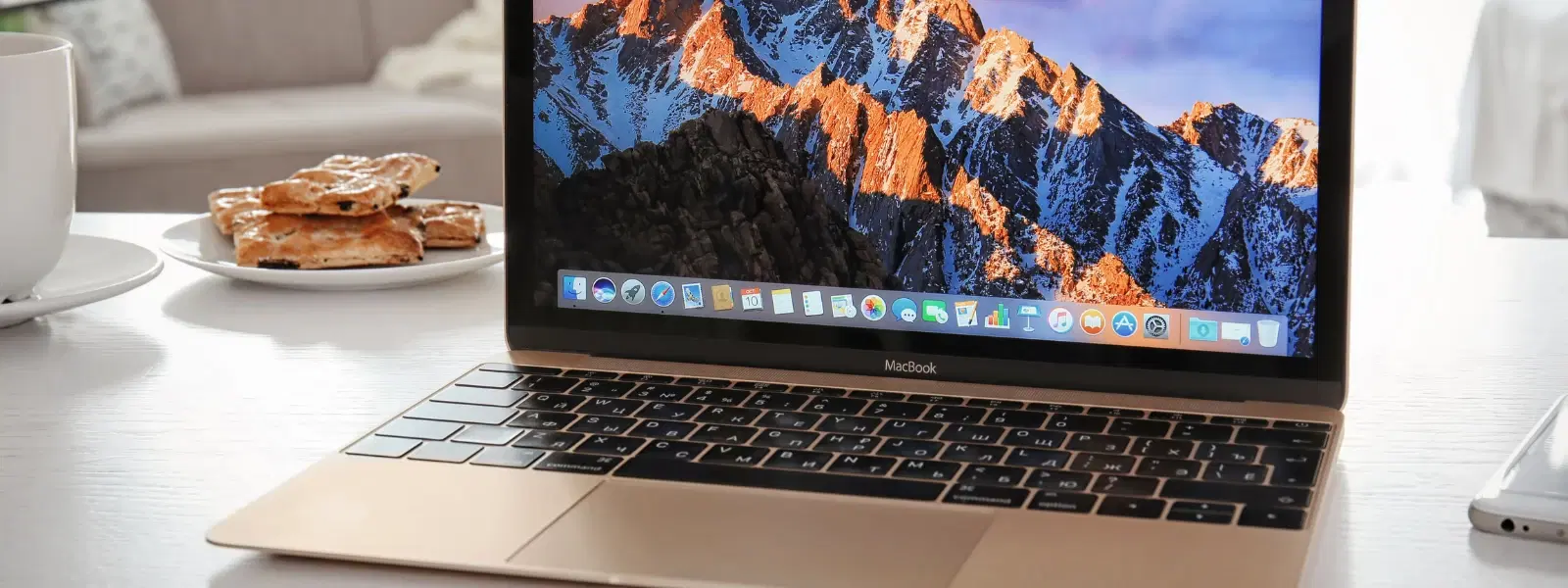
Consumer Electronics
•03 min read
Ever wondered why some files on your Mac seem to disappear into thin air? Hidden files are a standard feature in macOS designed to protect system-critical files from accidental modification. Just as Tata Neu enriches your shopping experience with NeuCoins rewards and special delivery benefits, mastering your Mac’s hidden files can empower you to tweak your system with confidence. Yet, there are times when you need to open hidden files in Mac for troubleshooting or to customise your system. In this post, we will explore several methods to reveal hidden files on Mac safely and efficiently, from simple shortcuts to using Terminal commands and even third-party tools.
Hidden files are those files and folders that macOS keeps out of sight. They include system files, configuration settings, and temporary files. These files are essential for the smooth running of your Mac, yet they are kept invisible to prevent unintentional deletion or modification.
Files are hidden primarily to protect vital elements of your operating system. By preventing accidental interaction, macOS ensures stability. However, there are scenarios where you might need to access hidden files on Mac—for instance, while troubleshooting a system issue or performing advanced customisation.
A quick way to view hidden files on Mac is through Finder. Simply press the Command + Shift + . keyboard shortcut to toggle file visibility. This mac hidden file shortcut is perfect for those moments when you need immediate access to hidden files without diving into more technical solutions.
For users comfortable with command line interfaces, the Terminal offers a powerful method to show hidden files Mac Terminal. Follow these easy steps to get started:
Open Terminal.
Enter the command: defaults write com.apple.finder AppleShowAllFiles -bool true; killall Finder. This command instructs your system to reveal hidden files Mac. This command is verified to work on macOS Mojave and later versions.
To hide the files again, run: defaults write com.apple.finder AppleShowAllFiles -bool false; killall Finder.
This method is favoured by advanced users due to its precision and control over file visibility. If you’re unsure, consult official Apple support for further guidance.
If you prefer an alternative to system commands, several third-party applications can help you access hidden files Mac easily. These tools provide user-friendly interfaces for managing hidden file visibility. While they offer convenience, it's advisable to verify their trustworthiness and compatibility with your macOS version before use.
When working with hidden files, caution is essential. Remember, maintaining your system’s integrity is as important as safeguarding your Tata Neu rewards – always back up your data before making changes. Avoid modifying or deleting any mac hidden files settings that are critical to your system's performance. This measured approach ensures that even if something goes awry, you can easily restore your system.
Once you have completed your tasks, it is wise to revert to default settings. Use the same hidden files Mac Finder shortcut or Terminal commands to unhide files Mac back into their secure state. Keeping your hidden files secured enhances system security and maintains organisation.
If the hidden files do not appear despite using the shortcut, check your macOS version for compatibility. Restarting Finder or executing the Terminal command again to display hidden files Mac often resolves the issue.
Ensure that you have typed the command correctly. Verifying admin permissions or restarting the Terminal may solve the problem. Small syntax errors can result in the hidden file visibility Mac feature not activating as expected.
Revealing hidden files does come with its risks. There is a potential for accidental deletion or corruption of essential files. Exercise caution and always back up your system before making any changes.
Expert Tip: Safeguard Your Mac While Managing Hidden Files
Did you know? Before accessing hidden files, it’s a good idea to enable Time Machine backups. This step ensures that you can restore your system should accidental changes occur. Prevention is always better than cure!
Press Command + Shift + . in Finder to toggle hidden file visibility.
Enter the command defaults write com.apple.finder AppleShowAllFiles -bool true; killall Finder in Terminal to display hidden files.
Files are hidden to protect essential system components and prevent accidental modifications.
You can make hidden files permanently visible using Terminal commands or third-party tools, but it is best to only toggle visibility when necessary.
Using reputable third-party tools is generally safe, provided you download them from trusted sources and ensure compatibility with your macOS version.
Hidden files on Mac play a crucial role in maintaining system integrity. However, knowing how to open and manage them can be invaluable, especially when troubleshooting or seeking to customise your device. Whether you choose the simplicity of Finder shortcuts, the precision of Terminal commands, or the convenience of third-party tools, a cautious approach will help safeguard your Mac. As you master your Mac settings, remember that Tata Neu offers a range of trusted tech solutions along with NeuCoins rewards for every transaction. Taking preventive measures such as regular Time Machine backups can further enhance your security and ease of use.